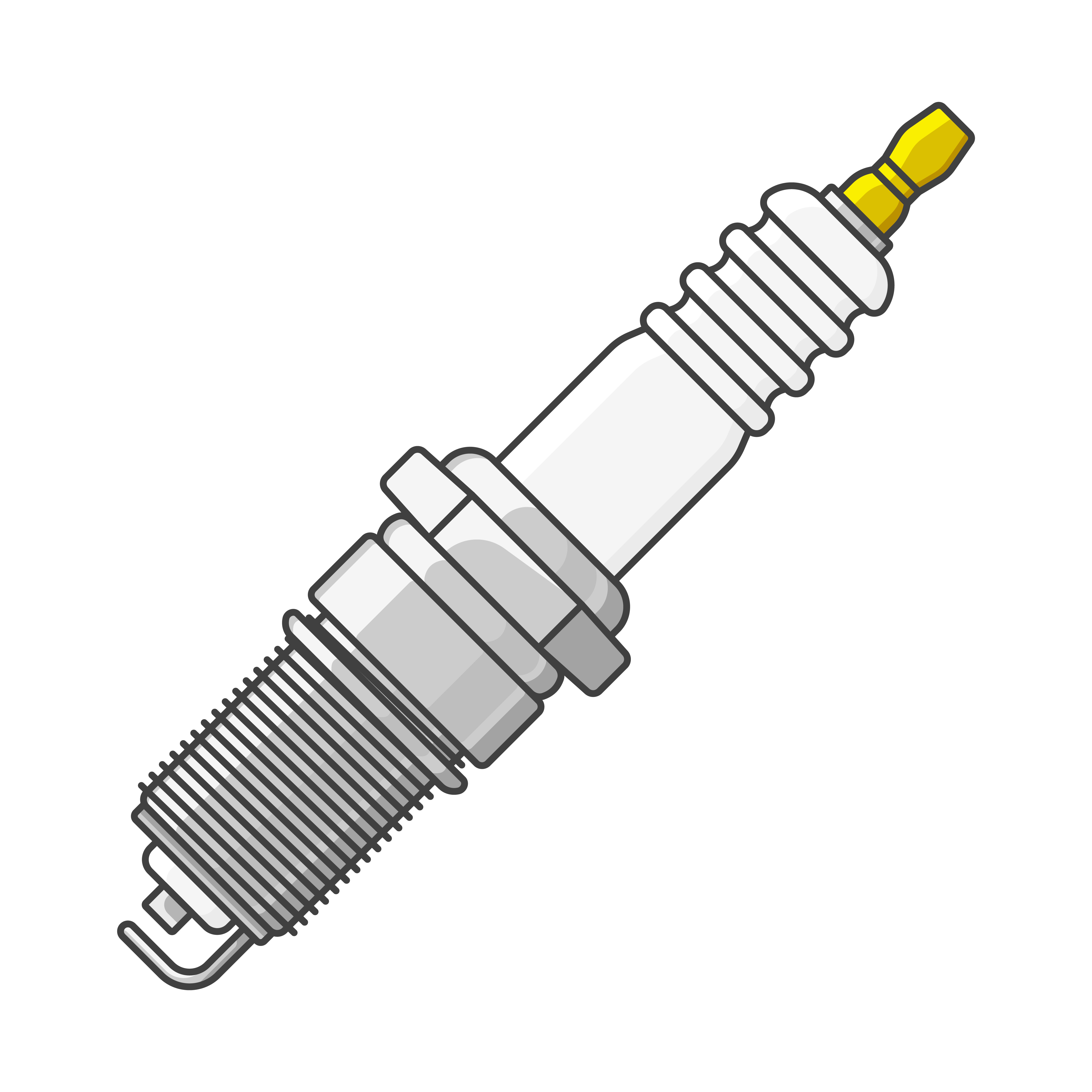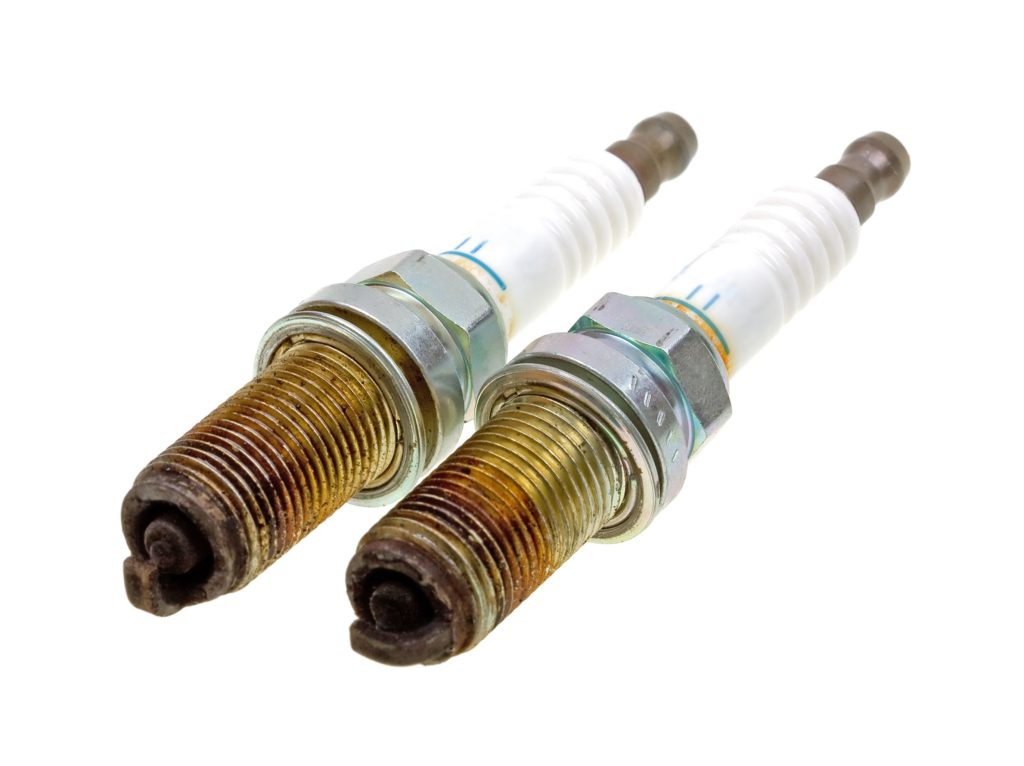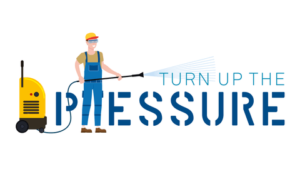Keeping your pressure washing in good condition means knowing how it works, and how to fix any problems. This means knowing where a spark plug is on a pressure washer, and knowing if a particular pressure washer has a spark plug or not!
Gas engine pressure washers all have a spark plug. This spark plug lets the ignition system deliver an igniting shock to the gasoline in the combustion chamber to start the engine. Spark plugs should be checked periodically and may need to be replaced eventually.
While it seems pretty straight forward, it is important to know what spark plugs even do, and why they are important. Also, how can they be checked and maintained, and what if they need to be replaced? Let’s look at some more specific details.

What Pressure Washers Have Spark Plugs?
Pressure washers use a pump to blast pressurized water, but that pressure can be generated with a gasoline engine or through an electric, or battery powered, pressure washer.
Only pressure washers powered by engines use a spark plug. That means any power washer that needs gasoline (or a gasoline and oil mix) has a spark plug. Pressure washers that are battery powered are purely electrical and have no need for a spark plug.
Most pressure washers are gasoline powered because gasoline engines, which all use spark plugs, are very powerful. Electric pressure washers have improved greatly, but even a small gasoline powered pressure washer typically is stronger.
What Does a Spark Plug Do?
Basically any gasoline engine, be it in a car, motorcycle, lawn mower, or pressure washer, has a spark plug. Without outlining how the whole engine works, we want to understand what a spark plug does so we know why it is on gasoline pressure washers, and where it is on that pressure washer.
As gasoline is pumped into the cylinders of an engine, a spark plug ignites each small chamber of gasoline to create a small explosion. That small explosion pushes the cylinder out creating the energy that blasts sidewalks clean with a pressure washer.
Where is a Spark Plug on a Pressure Washer?
On a pressure washer, you will notice a heavily insulated wire attached to an “L” shaped piece turning the cord into the engine. This is called the spark plug boot. If you pull it off, you should see half a spark plug like this:

This is the spark plug on a pressure washer. You will find a similar setup on other engines such as on lawnmowers. If you weren’t able to find the boot, it may just look a bit different on that particular pressure washer. Try looking your model up online to find an owner’s manual to help you locate it.
Maintaining Pressure Washer Spark Plugs
If a spark plug isn’t properly maintained, you can start to notice issues in the operation of your pressure washer. You will hear a pulse in the engine sound, or you will notice your engine sputtering and not starting well.
In general, every 120 hours or every year, it is recommended that you remove your spark plug for maintenance. It is, however, highly recommended that you follow the recommended maintenance schedule for each specific pressure washer, which should be outlined in the manual. (This section in the manual will also help you locate your spark plug.)
Here is a general step by step guide to light spark plug maintenance:
- Ensure that the pressure washer is turned off and cooled down for safety.
- Remove the boot covering the spark plug.
- Remove the spark plug from the engine using a socket wrench.
- Inspect the spark plug to make sure that the plastic insulation (the white part) isn’t cracked or damaged. If you notice any damage on the insulation, consider replacing your spark plug.
- Check that the electrode on the inside end isn’t burned or damaged. If you notice any damage on the electrode, consider replacing your spark plug.
- Clean the threads of the spark plug with some steel wool.
- Clean between the electrodes of the spark plug using some sandpaper folded in half with the grit facing out.
- Wipe the spark plug down with a rag, and thread the spark plug back into the machine. Don’t put it in too tight! If you have a torque wrench, it is recommended you use the torque specified in the manual.
- Wipe the inside of the boot lightly with a rag and replace it snug on the spark plug.
- Start the pressure washer to ensure it is functioning properly.

How to Replace a Spark Plug on a Pressure Washer
If, during maintenance, you notice that your spark plug is damaged, it is recommended you replace it. Spark plugs typically cost only about $3 to $7 for a small engine pressure washer, so there isn’t much of a reason to put off replacing a damaged spark plug.
Even if there is no damage, after time it is best to replace spark plugs on pressure washer engines. Consult your manual to know when a replacement is needed.
To know what spark plug to buy, check your manual or the side of the old spark plug to find what exact spark plug model number is needed for that specific pressure washer. You can often purchase the replacement online or at a local hardware or engine repair shop.
To replace the spark plug, follow the steps listed below:
- Ensure that the pressure washer is turned off and cooled down for safety.
- Remove the boot covering the old spark plug.
- Remove the old spark plug from the engine using a socket wrench. Set it aside for disposal.
- Wipe the new spark plug down with a rag to remove any dust or dirt, and thread the new spark plug into the machine. Don’t put it in too tight! If you have a torque wrench, it is recommended you use the torque specified in the manual.
- Wipe the inside of the boot with a rag and replace it snug on the spark plug.
- Start the pressure washer to ensure it is functioning properly.
If you don’t feel confident performing this maintenance yourself, try following a YouTube video for guidance or take it in to a small engine repair shop to do it for you. Keep in mind, however, that this can cost you anywhere from $35 to $60, while doing it yourself costs only $3 to $7 for the new spark plug.
